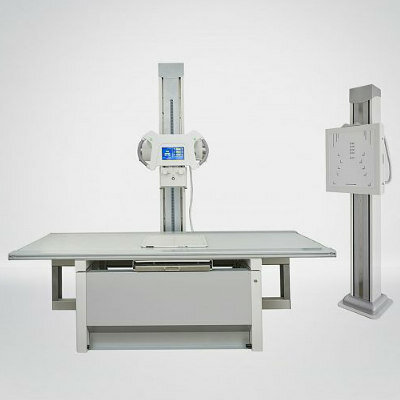Breast Tomosynthesis Increases Cancer Detection and Reduces Recall Rates
By MedImaging International staff writers
Posted on 23 Dec 2013
Researchers have discovered that digital breast tomosynthesis (DBT) imaging led to reduced recall rates and an increase in cancer detection in a large breast cancer-screening program. Posted on 23 Dec 2013
The findings were presented December 3, 2013, at the annual meeting of the Radiological Society of North America (RSNA), held in Chicago (IL, USA). Digital mammography is the gold standard for breast cancer screening, but may generate suspicious findings that turn out not to be cancer. These false-positive findings are tied to with a higher recall rate, or the rate at which women are called back for further imaging or biopsy.
Digital breast tomosynthesis has revealed promising findings at reducing recall rates in all groups of patients, including younger women and women with dense breast tissue. Tomosynthesis is similar to mammography in that it relies on ionizing radiation to generate images of the breast. However, unlike conventional mammography, tomosynthesis allows for three-dimensional (3D) reconstruction of the breast tissue, which can then be viewed as sequential slices through the breast.
Because DBT technology is a comparatively new application, it is typically used only as a supplemental screening tool, but since October 2011, every patient screened for breast cancer at the Hospital of the University of Pennsylvania (HUP; Philadelphia, USA) has been screened using DBT, according to Emily F. Conant, MD, chief of breast imaging at HUP and the study’s lead author. “We have used DBT on all of our breast screening patients,” Dr. Conant said. “Every patient has had it—we have not selected patients because of their risk, or breast density, or if they were willing to pay extra. We did not charge extra and were able to provide all of our women with this new technology.”
For the study, Dr. Conant and colleagues compared imaging results from 15,633 women who underwent DBT at HUP beginning in 2011 to those of 10,753 patients imaged with digital mammography the prior year. Six radiologists trained in DBT interpretation reviewed the images. The researchers discovered that, in comparison to digital mammography, the average recall rate using DBT decreased from 10.40% to 8.78%, and the cancer detection rate increased from 4.28 to 5.25 (per 1,000 patients). The overall positive predictive value (PPV, the proportion of positive screening mammograms from which cancer was diagnosed) increased from 4.1% to 6.0% with DBT.
“Our study showed that we reduced our callback rate and increased our cancer detection rate,” Dr. Conant said. “The degree to which these rates were affected varied by radiologist. But importantly, the ratio of callback to cancer detection rate improved significantly for our radiologists.”
Dr. Conant noted that tomosynthesis is an evolving platform, and researchers are already seeing a substantial improvement in important screening outcomes. “It’s the most exciting improvement to mammography that I have seen in my career, even more important than the conversion from film-screen mammography to digital mammography,” she said. “The coming years will be very exciting, as we see further improvements in this technology.”
Related Links:
Hospital of the University of Pennsylvania














